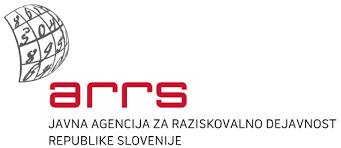TITLE:
Z2-2641 Crevice corrosion mechanisms on the steel-concrete interface
DESCRIPTION:
The steel-concrete interface is a complex layer consisting of many inhomogeneities and features, including cracks, crevices, slips, air voids and rust. All of these anomalies can contribute to the formation of crevice corrosion, which causes high localized corrosion rates, despite the generally favourable alkaline environment that initially develops during concrete hydration. Such conditions could prevail, especially at larger steel surfaces, as is the case of steel liners used in nuclear systems (barriers and containments). Extensive knowledge gaps and lack of experiences about these complex, potentially autocatalytic processes exist. Since steel surface in concrete cannot be directly accessed during exposure, comprehensive techniques are needed to monitor the evolution of steel corrosion in concrete. In this project, multiple novel and modified techniques will be used, including electrochemical impedance spectroscopy, electrical resistance probes and coupled multi-electrode array. The latter is an advanced technique used to measure corrosion of steel in concrete over space and time (spatio-temporal behaviour), and it is also able to effectively monitor initiation and propagation of crevice corrosion. We expect that the results of our research will contribute to basic understanding of the long-term evolution of corrosion processes in concrete. The indepth study of the mechanisms of crevice corrosion will contribute to the continued safety of steel-concrete containment structures.
DURATION:
2020/09/01 - 2022/08/31
FUNDING:
Slovenian Research Agency - SRA
MORE:


